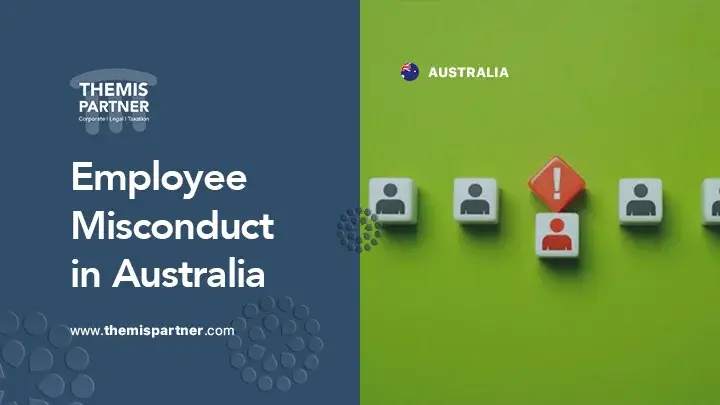The Importance of Compliance with Rental Property Checklist Standards
Maintaining compliance with rental property checklist standards is essential for landlords and property managers. It helps ensure that the property meets safety and legal requirements, which protects both the landlord and tenants. Regular inspections and adherence to these standards can prevent costly repairs and legal disputes, ensuring a smooth rental experience for all parties involved. This guide provides an in-depth look at how to ensure compliance with rental property checklist standards.
Understanding Rental Property Checklist Standards
Rental property checklist standards encompass various aspects of property management, including safety, maintenance, and legal compliance.
1. Safety Standards: These standards ensure that the property is safe for tenants. They include requirements for smoke detectors, fire extinguishers, electrical safety, and structural integrity.
2. Maintenance Standards: These standards cover the regular upkeep of the property, including plumbing, heating, ventilation, and pest control.
3. Legal Compliance: These standards ensure that the property complies with local, state, and federal laws, including tenant rights, fair housing regulations, and building codes.
Creating a Comprehensive Checklist
Creating a comprehensive rental property checklist is the first step toward ensuring compliance.
1. Essential Items: Include essential items such as smoke detectors, fire extinguishers, electrical outlets, plumbing fixtures, and structural integrity.
2. Regular Maintenance: Incorporate regular maintenance tasks such as HVAC servicing, pest control, and gutter cleaning.
3. Legal Requirements: Include items related to legal compliance, such as tenant rights information, fair housing notices, and building code adherence.
Conducting Regular Inspections
Regular inspections are crucial for maintaining compliance with rental property checklist standards.
| ➤ Scheduled Inspections: Schedule regular inspections, such as quarterly or bi-annual, to ensure ongoing compliance. |
| ➤ Inspection Process: Follow a systematic inspection process, using the comprehensive checklist to evaluate each aspect of the property. |
| ➤ Documenting Inspections: Use a rental inspection report to document the findings of each inspection. This report should detail any issues found, actions taken, and any follow-up required. |











